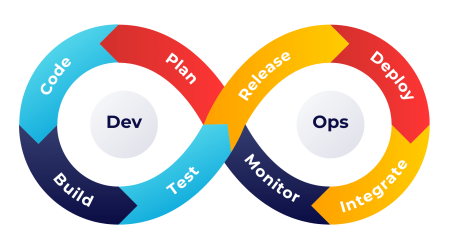Principal Software Engineer vs Architect
Principal Software Engineer vs Architect: What’s the Difference?
The landscape of the tech industry is constantly evolving, with specialized roles becoming increasingly crucial to the success of projects and companies alike. Two such pivotal roles are that of the Principal Software Engineer and the Architect. While both are integral to any tech company’s success, they serve different purposes and require a unique set of skills and experiences. This post aims to clarify these roles, providing a comprehensive guide for software developers, IT professionals, and architect engineers looking to understand or advance in these career paths.
Defining the Roles
At first glance, the titles might imply a significant overlap between a Principal Software Engineer and an Architect. However, each role carries its distinct responsibilities that require different focuses within a project.
Principal Software Engineer
The Principal Software Engineer is often seen as the pinnacle of individual contributors in a software engineering team. They not only design and develop software but also set coding standards, methodologies, and lead major technical projects. Their work emphasizes technical expertise, decision-making capabilities, and leadership within the engineering domain.
Architect
The Architect, often referred to as a Software Architect or Systems Architect, takes a broader view. Their primary responsibility is to make high-level design choices and dictate technical standards, including software coding standards, tools, web hosting and platforms. Their role is pivotal in the planning phase, focusing on the structure, security, and scalability of a system to ensure it meets business goals and requirements.

Required Skills and Experience
The pathways to becoming a Principal Software Engineer or an Architect are founded on a strong technical background, typically in computer science or a related field. Yet, the specifics can vary greatly.
For Principal Software Engineers:
- Expertise in coding in multiple languages
- Understanding of software engineering principles
- Leadership and mentorship skills
- Problem-solving ability
For Architects:
- Broad knowledge of software development processes and methodologies
- Experience with architectural patterns, styles, and frameworks
- Strong communication skills to translate technical concepts to non-technical stakeholders
- Analytical skills to predict potential challenges and devise solutions
Day-to-Day Duties
The typical tasks and projects undertaken by Principal Software Engineers and Architects can help further distinguish the two roles.
Principal Software Engineers
- Designing and implementing critical software components
- Reviewing code and technical designs
- Leading development teams through complex technical challenges
Architects
- Creating high-level design plans
- Ensuring the technological infrastructure aligns with business needs
- Guiding teams on adherence to set technical standards
Career Paths and Opportunities
The journey to becoming a Principal Software Engineer or an Architect depends on accumulating relevant experiences and growing one’s skill set over time.
Principal Software Engineers often progress from senior or staff engineering positions, demonstrating technical excellence and leadership. Conversely, Architects typically have experience as software engineers but have shifted focus from coding to designing systems.
Both roles offer substantial growth opportunities, with pathways leading to executive positions such as Chief Technology Officer (CTO) or Vice President of Engineering.
Challenges and Rewards
Principal Software Engineers
- Challenges: Keeping up with the latest technologies while maintaining a deep understanding of existing systems.
- Rewards: Recognition as a technical expert and the opportunity to lead on innovative projects.
Architects
- Challenges: Balancing technical decisions with business requirements.
- Rewards: Playing a crucial role in the strategic direction of technology and systems.
Advice for Aspiring Professionals
For those looking to enter or advance in these roles, focusing on continuous learning, networking, and staying updated on industry trends is critical. Join professional groups, attend workshops, and seek mentorships to build your knowledge and professional network.
Conclusion
Understanding the difference between a Principal Software Engineer and an Architect is essential for anyone aiming to progress in the tech industry. While both roles share a foundation in software development, their focus areas, responsibilities, and career paths offer distinct experiences and opportunities.
[/vc_column_text][/vc_column][/vc_row]












Comments (4)
While technical expertise is crucial for both roles, it’s interesting to note the importance of soft skills, such as communication and leadership.
Grasping the distinction between a Principal Software Engineer and an Architect is crucial
for advancing in the tech industry. Despite their common software development foundation,
each role focuses on different areas, has unique responsibilities, and opens up varied career opportunities
Staff augmentation is a powerful strategy for businesses to stay agile and competitive.
Hi to all, the contents present at this website are in fact remarkable for
people knowledge, well, kewp uup the nice
work fellows.